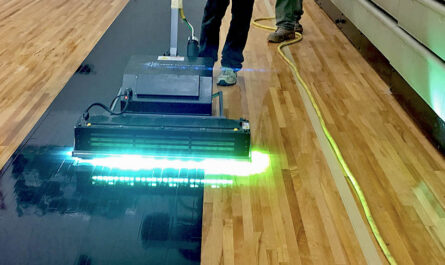Parts are typically heated to a high temperature and formed to shape by pressing, hammering or squeezing. During this process, the material is plastically deformed and its form is altered in a way that strengthens the material through work hardening. Forge offers numerous advantages over other fabrication techniques like machining or casting.
History
Forge has been used for thousands of years dating back to the Bronze Age when it was one of the earliest metalworking processes. Forging Ancient smiths would heat metal, usually copper or bronze, in a forge fire and form tools, weapons and other items by hammering the heated material against an anvil. Over time, forge techniques improved with advances in metallurgy and the development of new alloys like iron and steel. During the Industrial Revolution, mechanical power hammers were invented which sped up production and allowed the manufacture of more intricate parts. Today’s forge industry utilizes advanced computer modeling, robotic automation and specialized alloys to produce critical components for sectors like aerospace, energy, transportation and defense.
Forging Processes
There are various forge processes which differ based on factors like the shape of the part, required dimensional accuracy and production volume. Common processes include open-die forge, closed-die forge, impression die forge, precision forge, upset forge and roll forge. Open-die forge involves heating and forming metal between two flat surfaces to create a basic shape, while closed-die forge employs matched metal dies that help impart intricate detail. Impression die and precision forge provide tightly controlled dimensions suitable for wear components. Upset forge involves enhancing the length or diameter of a workpiece, and roll forge shapes metal by passing it through sets of forming rolls.
Key Steps in the Forge Process
Regardless of the specific forge technique used, the overall manufacturing process follows several core steps:
1. Pre-heating – Workpieces are heated to a targeted temperature, usually ranging from 1600-1200°F depending on the metal’s composition. Pre-heating softens the material for shaping.
2. Upsetting – Initial compressive blows are applied to start enlarging or changing the workpiece geometry as it is worked back and forth in the dies.
3. Extrusion – Continued hammering further elongates and refines the part’s profile until it closely matches the die cavity contours.
4. Impression – Final blows imprint intricate surface details from the dies onto the hot metal component.
5. Trimming – Excess flash or protruding edges are cut off to finish the net-shape part.
6. Heat treatment – For parts that require additional hardening, heat treatment like annealing, normalizing or quenching may be applied.
7. Inspection and finishing – Completed forge are checked for quality per specifications before any secondary ops like machining.
Benefits and Uses of Forging
The forge process provides certain advantages over other fabrication methods. Key benefits include:
– Higher strength – Forging works metal fibers in a way that enhances mechanical properties through work hardening as much as 30-40%.
– Superior material properties – The density of fibers produced by forging allows parts to achieve greater fatigue and impact strengths than cast or machined equivalents.
– Dimensional consistency – Forge maintain tight tolerances through progressive working in matched dies.
– Complex geometries – Details like fillets, undercuts and compound curves can be forged into one piece vs multi-part assemblies.
– Reduction of waste – Net-shape forming minimizes material loss and post-processing compared to subtractive methods.
– Durability – Forged components perform reliably in demanding structural applications subject to forces like pressure, vibration and impact loading.
Major industry sectors that leverage forged parts include construction machinery, oilfield equipment, power generation, marine propulsion, motorsports, firearms and aerospace – areas where maximizing strength-to-weight ratio translates to safety, performance and cost advantages. Overall, forging remains an indispensable fabrication process thanks to its unique ability to enhance both the engineering and economic value of metal components.
*Note:
1.Source: Coherent Market Insights, Public sources, Desk research
2.We have leveraged AI tools to mine information and compile it
About Author - Money Singh
Money Singh is a seasoned content writer with over four years of experience in the market research sector. Her expertise spans various industries, including food and beverages, biotechnology, chemicals and materials, defense and aerospace, consumer goods, etc. LinkedIn Profile


 by
by 


